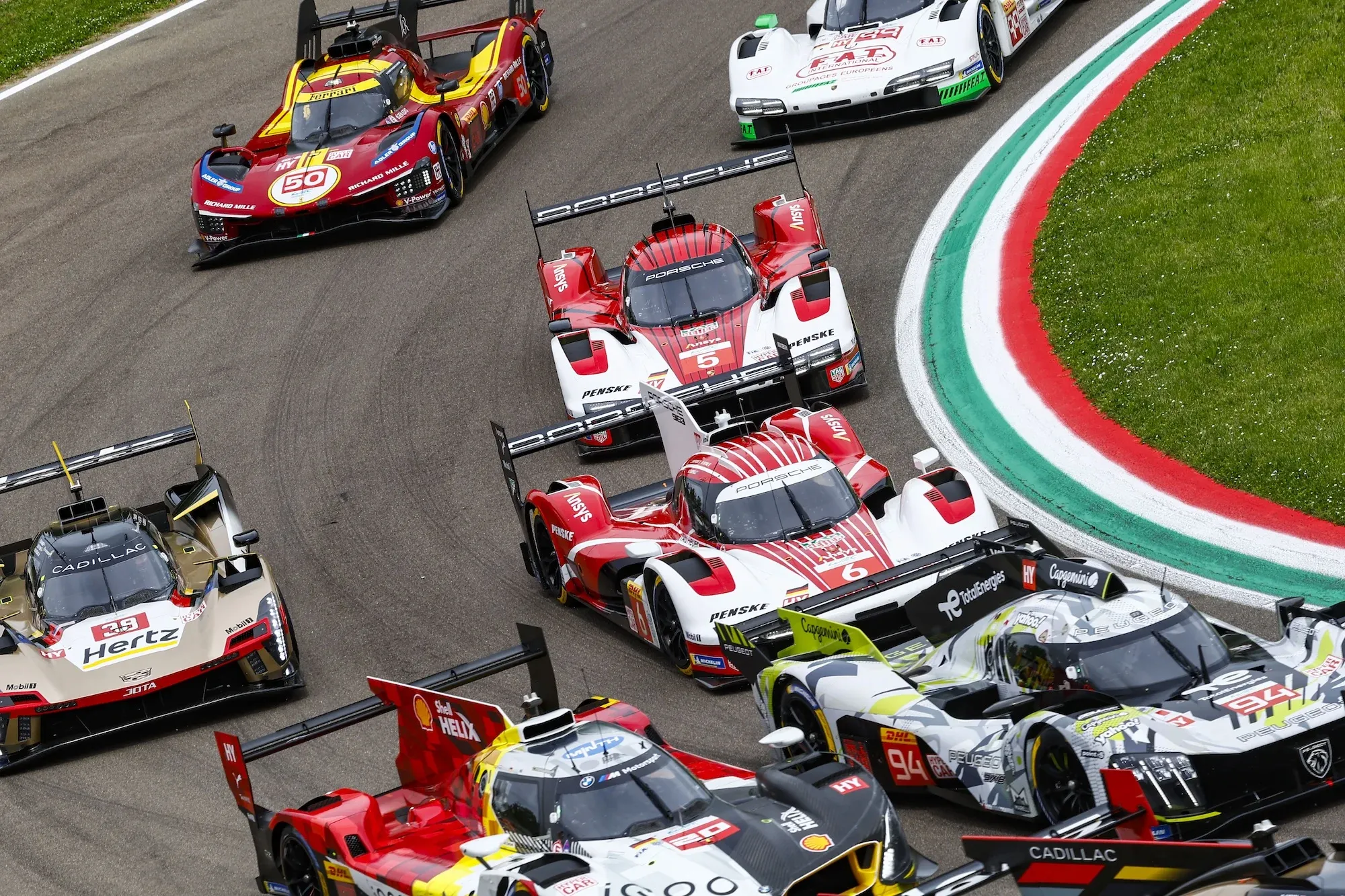Download The Racing Line on iOS today and get 70% off a year's subscription!
So, three races in to the 2025 FIA World Endurance Championship. And the next race is Le Mans. Exciting!
With Spa in the rear view mirror, for the teams it's full steam ahead to the 24 hour race in the French countryside.
However, at this point, it's interesting to look back at the last three races in Qatar, Italy and Belgium to see how close the field has been, and to see how it's closed up. Or, as the case may be, opened up.
Average pace heatmap
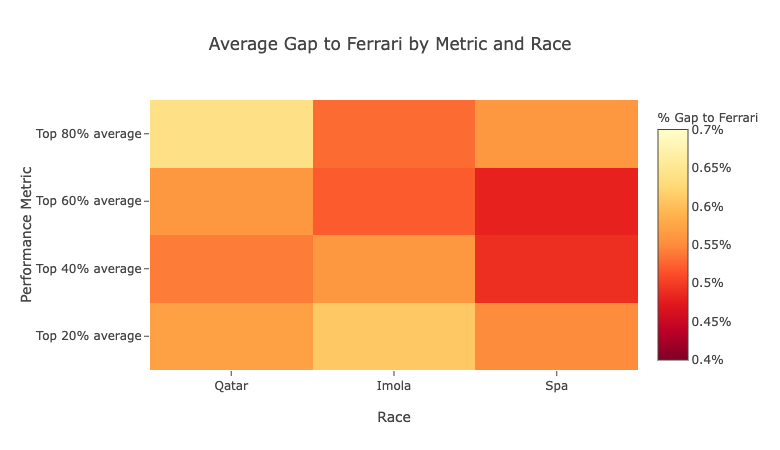
To do this, we've averaged out each manufacturer's lap times from each race. We've found the averages in four metrics for each race; a team's top 20% average, top 40%, top 60%, and top 80%. We've then calculated the percentage gap for each team, and then averaged each out into a single value for each metric in each race.
We've used Ferrari as the reference team, as they were the quickest at all three races so far this year. So we're comparing the other seven manufacturers against them.
This should give a very good indication about the average pace from a race, for each of the four metrics.
Top 20% pace is the best 20% of laps taken from each race. Conversely, top 80% is the top 80% of laps. The former, in theory, should indicate laps unaffected by traffic. Top 80%, then, will include the vast majority of laps in a race, with exception of any laps under full course caution, virtual safety car, or safety car.
Qatar
The average gap to Ferrari at Qatar in the 20%, 60%, and 80% range was pretty stable, starting 0.57% at 20. This dipped slightly to 0.54% at 40%, but rose again to 0.56% when raising the filter to 60%. Either way, fairly stable.
This indicates that on laps with either no traffic, or small amounts, Ferrari had a considerable pace advantage. With the 499P suiting tracks with high or medium speed corners, which Qatar's Losail International Circuit has a number of, it makes sense that the 499P would be strong here in overall pace, compared to its competition.
The gap widens by more than 0.10% when factoring in laps that would have been affected by traffic. Ferrari, then, were able to maintain performance better through traffic than their rivals, then, on average.
Imola
At home in Italy, after stellar pace in Qatar, many thought Ferrari would be pegged back in balance of performance terms to compensate. In actual fact, in terms of ultimate pace in the 20% average, the gap on average to their rivals widened slightly, from 0.57% to 0.61%.
In contrast to Qatar, if you take more laps affected by traffic at Imola, the average gap decreases slightly. It goes from 0.61% when considering top 20% laps, down to 0.53% when looking at top 80%.
Really, this makes sense. Imola is the hardest track to overtake at on the calendar, either for position or lapped slower class traffic. It stands to reason that just like everyone else, the Ferraris would be trapped behind LMGT3 class traffic at times at Imola.
That's compared to Losail, which as a modern circuit is relatively wide open with enough space for passing lapped traffic when needed.
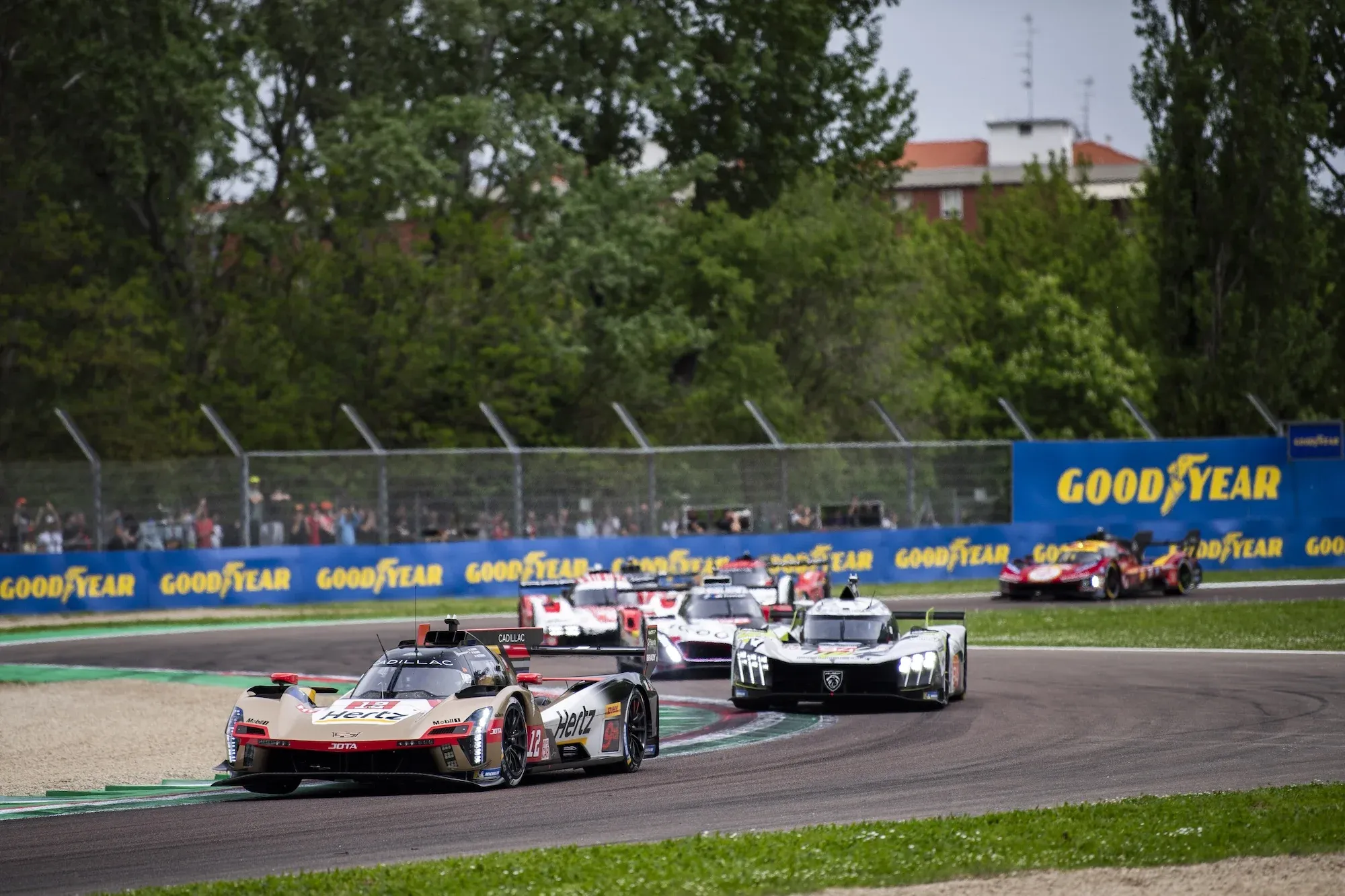
Spa
Moving onto Spa, ultimate pace numbers are all lower than at Losail or Imola.
In fact, the percentage gap drops below 0.50% for the first time, in the 40% and 60% metrics. It rises again in the 80% metric, indicating once again that Ferrari are managing traffic better than their rivals on tracks where there are multiple places to pass slower traffic — unlike at Imola.
Spa's middle sector in particular also suits the 499P, again because of the abundence of medium and high speed corners, which the car is known to favour.
What can we draw from this?
When LMGT3 traffic increased, in the 80% range, Ferrari's gap to the rest of the field increased on average. This may be bad news for Le Mans, where there'll be more traffic on track. Plus, there'll be cars which are more similar to Hypercar speeds, in the form of LMP2 cars, compared to at other WEC rounds.
This 80% metric, then, is the gap which fluctuates the most.
Plus, with Spa showing the tightest field spread, it shows the Balance of Performance parity is working. While Losail and Imola would have used three or two races for the BoP calculations respectively, Spa would have only used one — the 2024 edition of the 8 Hours of Bahrain.
Support Only Endurance's independent sportscar journalism today from £1/$1/€1 a month
Comparing each team to Ferrari
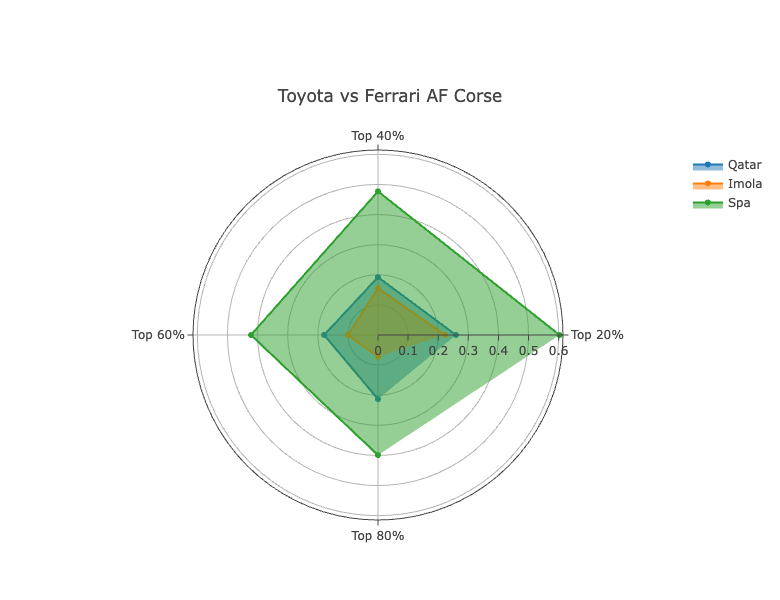

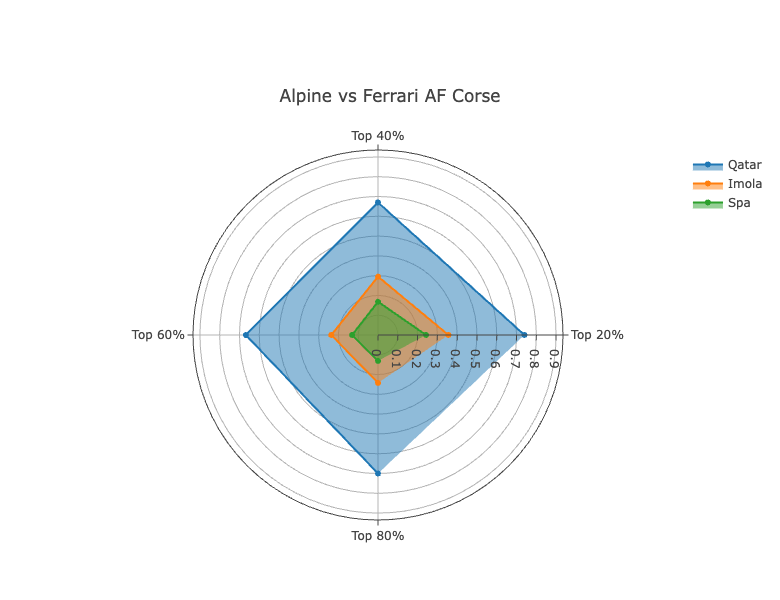
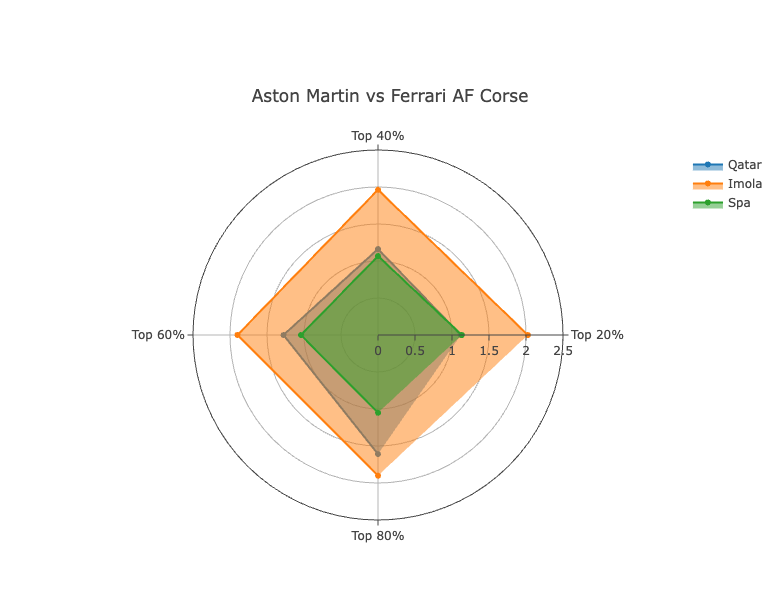
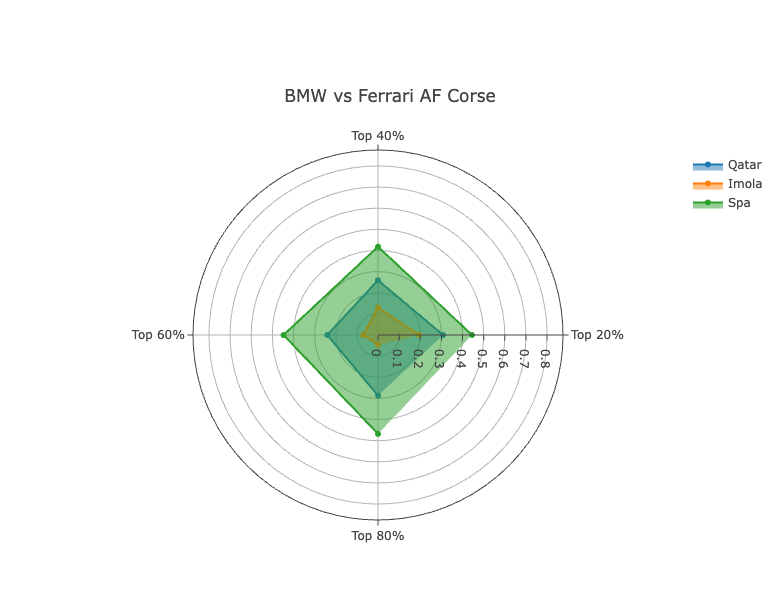

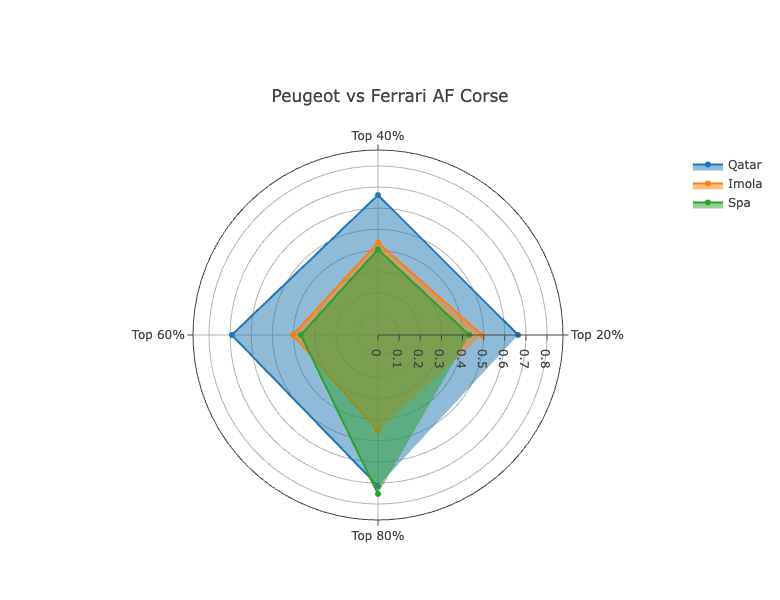
Get the full interactive chart experience on a laptop or desktop computer.
We then have the data from each team for the four metrics, at each of the races this year.
The easiest way to do this is to take it team by team. Here we go!
Toyota
Toyota may be lacking pace compared to Ferrari this year, but they get much, much closer in traffic, improving in almost every metric as you go from 20% and add more laps up to 80%.
The pace was decently consistent at Qatar across all metrics, just rising slightly in the 80% region. That indicates that while they could handle moderate amounts of traffic, maybe Ferrari were slightly better on heavily traffic-affected laps.
But, overall, the two Toyotas were closer to Ferrari than anyone else at Qatar. They were second closest at Imola, too. So, although Toyota have made thinly-veiled criticisms of the BoP lately... maybe it's not as bad as it seems. Or as bad as it could be.
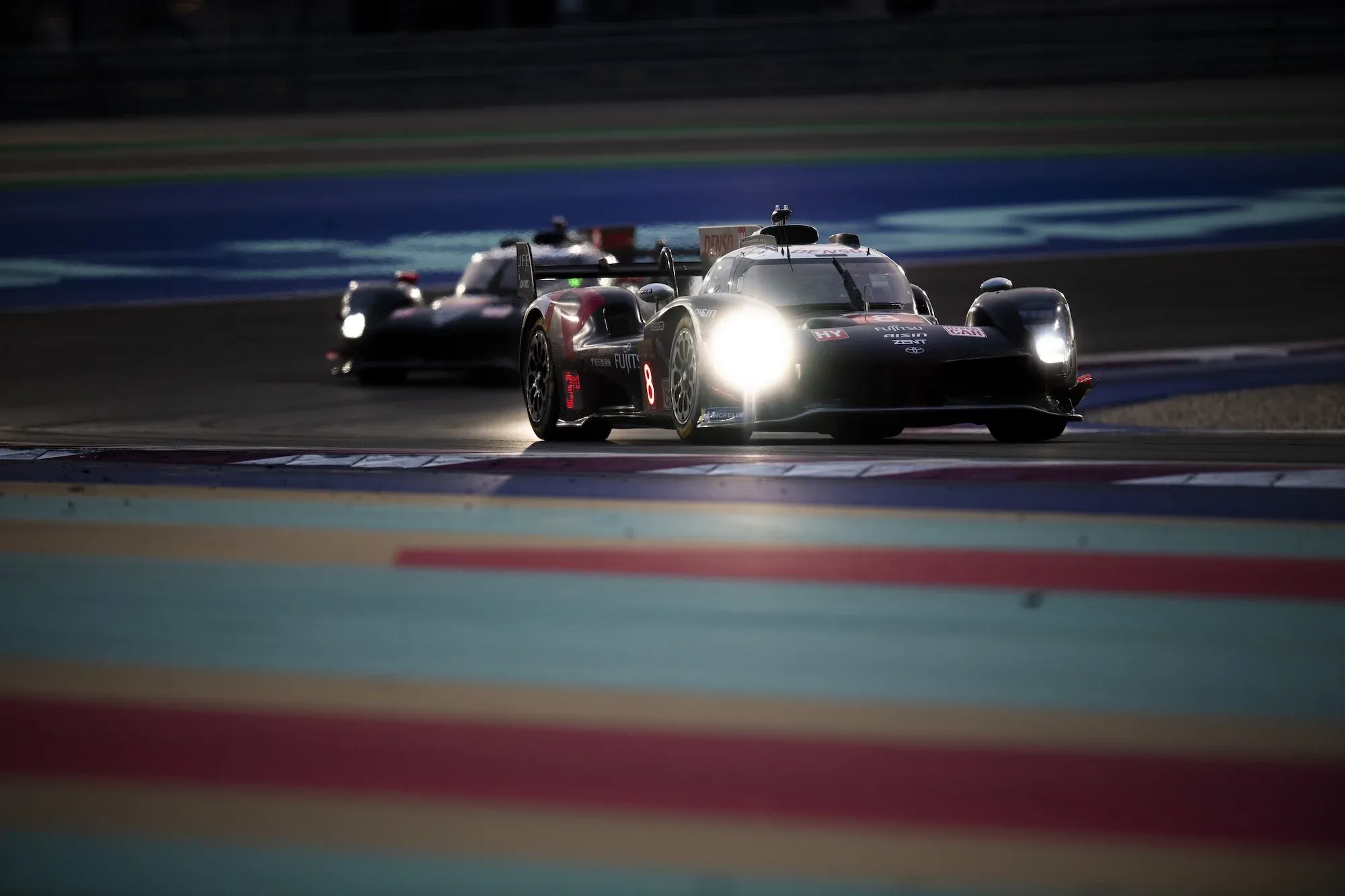
Toyota closed up significantly to Ferrari at Imola, behind only BMW. They were also much better in traffic at the narrow-but-fast Italian circuit, where they gained considerably on Ferrari when you look at their 20% compared to 80%.
The gap widens again at Spa, but this does make sense with the large BoP hit they had for the Belgian race. This put them fifth in the overall pace standings there, behind Ferrari, Alpine, Cadillac, and BMW.
Porsche
It's not secret Porsche have struggled in WEC this year. While their co-BoP complainers (although done in such a way to avoid fines or penalties... hopefully) Toyota sit second in the championship, Porsche sit seventh on just 14 points.
Generally speaking Porsche tend to gain on Ferrari when traffic increases, with this trend generally holding true at all three races.
The German manufacturer's best race was Imola, but still almost 0.40% off Ferrari when all four metrics are averaged out.
Qatar and Spa were very similar in terms of the gap to Ferrari, just 0.035% on average in it.
But, fundamentally, Porsche tend to lack pace this year compared to the Italian manufacturer.
Peugeot
As we've previously reported, Peugeot are struggling to extract the maximum from the 9X8. This holds true when looking at these metrics.
That said, in 20%, 40% and 60%, the pace has improved. And that's not really due to BoP as it hasn't moved much all year, with the 9X8 holding maximum power and minimum weight as per the WEC technical regulations.
Race wise, the closest they've got this year was at Imola, 0.446% off Ferrari's pace on average.
Interestingly Peugeot seem a little less sensitive to laps moderately-affected by traffic, but if a lap is heavily affected, the gap grows hugely. Just look at how the gap at Spa more than doubles from 60% average, to 80% average. And that's after it dropped in the previous two metrics.
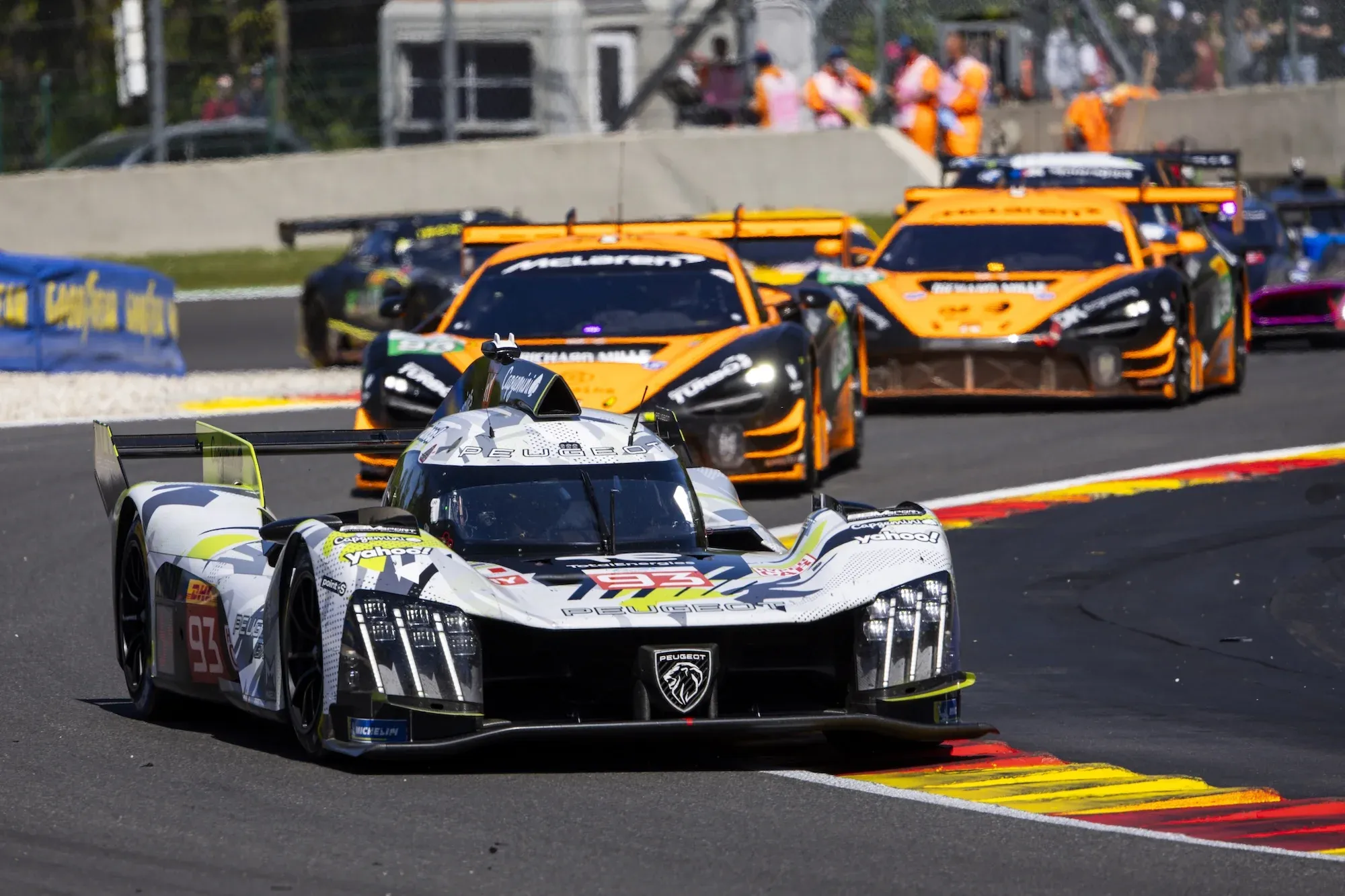
Imola shows a similar, if less significant, pace drop off in heavily affected traffic laps. That said, the race in Italy was a lot better than in Qatar. The French manufacturer seemed fairly consistent across all four metrics in the Middle East, but the gap did grow a little in the 60% and 80% regions.
Cadillac
While Cadillac struggled a little in traffic at Losail, they weren't absolutely miles off. The car clearly had pace and the crash between the two behind the safety car likely caused issues.
However, Imola was a disaster for the American manufacturer. The V-Series.R struggles on tight, narrow circuits, preferring more open tracks with medium and high speed corners, which Imola lacks.
Like this post? Consider supporting us with £1/$1/€1 a month or £10/$10/€10 a year
They were back in action at Spa, with a similar gap to Ferrari as at Losail.
But, a trend for Cadillac is losing pace as laps get more traffic affected. Again, traffic will increase at Le Mans so this is something they'll be wanting to do a deeper dive into. That said, at Spa, it seemed traffic management was improving... and then in the 80% metric it increased again.
BMW
BMW have stepped up this year and have consistently been ahead of their German rival Porsche. They were one of Ferrari's closest challengers on pace in Qatar, second only to Toyota based on these metrics. And, in the end, they finished fourth, best of the rest behind Ferrari's 1-2-3, and ahead of Toyota.
At Imola, they jumped ahead of Toyota in the average pace to be Ferrari's closest challenger, just 0.111% off Ferrari. As confirmation of that they were able to take second in the race in what was a strategy-driven six hours.

At Spa the pace dropped off a little in each of the four metrics. But, if it wasn't for the #20 car's brake issues late into the race, Robin Frijns was looking good in a fight for a second consecutive podium.
In terms of the metrics themselves, at Qatar and Spa, the team were fairly consistent across all four, not losing that much time to Ferrari in traffic. At Imola, though, they gained quite a bit on Ferrari as laps became more heavily affected by slower cars. In the 80% metric they were just 0.047% off Ferrari, compared to ultimate pace being 0.195% away.
Aston Martin
With the Valkyrie still new and Aston Martin still learning about it, it makes sense that the British manufacturer is by far the slowest competition when compared to Ferrari.
1.292% off at Qatar if you average out the four metrics, this increased to 1.947% at Imola, and 2.025% off on ultimate pace in Italy compared to Ferrari. This did decrease at Spa, down to 1.073% on average, with the Valkyries actually quicker through traffic than Ferrari if you look at the 40-60-80% metrics.
In fact, it was the same deal at Spa — slightly faster through traffic than Ferrari. At Qatar, the team's first ever race with the Valkyrie, they were considerably slower through traffic, perhaps understandably.
They did get a big BoP adjustment for the Belgian round so it stands to reason that the gap closed. But ultimately, Aston has work to do if it wants to catch the rest of the pack.
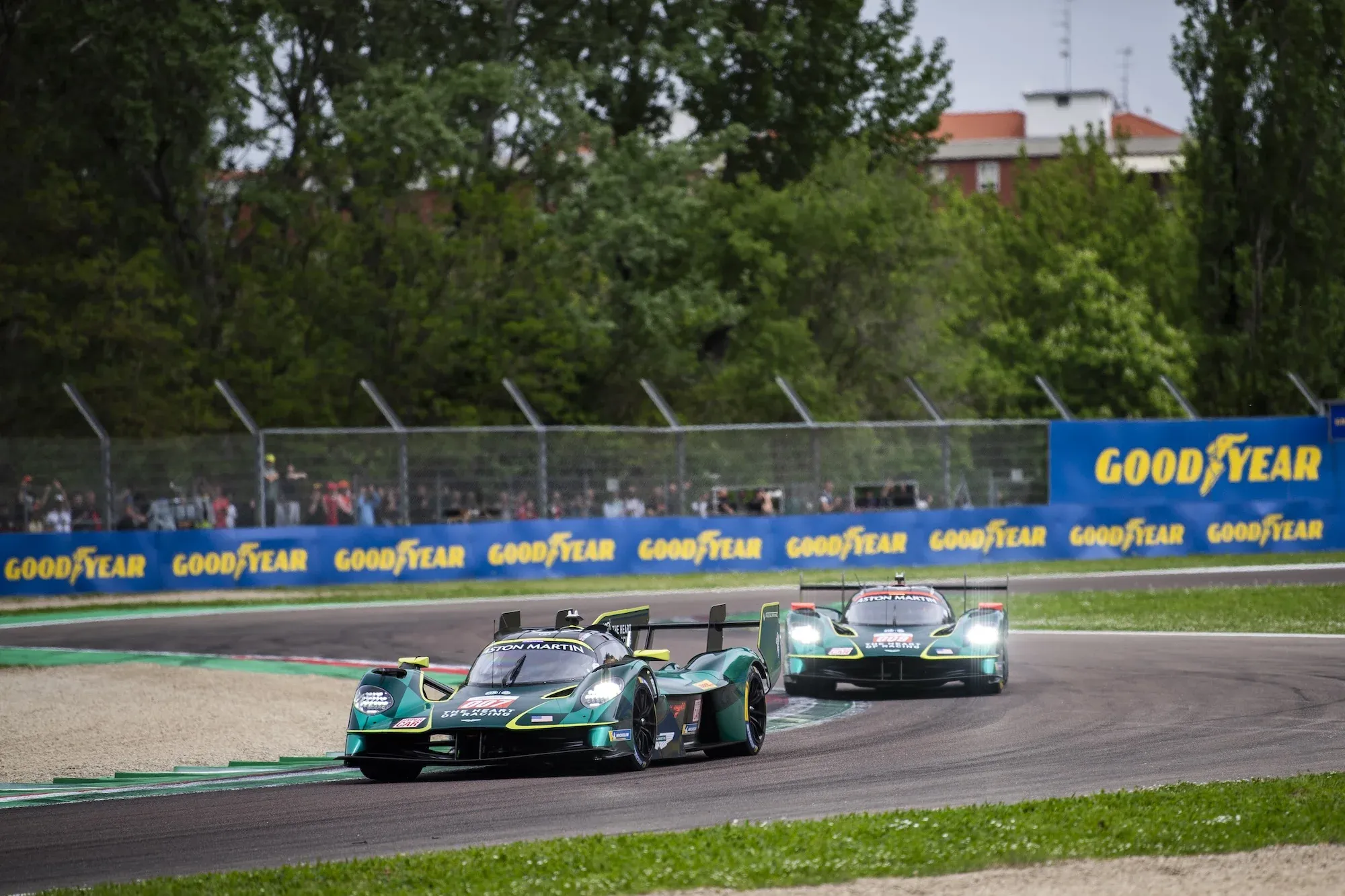
Alpine
Finally, Alpine. The French manufacturer has been, generally, very close to Ferrari in terms of pace — if you disregard Qatar.
They were quite a way back in the Middle East, only in front of Aston Martin in terms of pace. But this changed hugely at Imola, fourth fastest behind Ferrari, BMW and Toyota. And, they were able to get the strategy correct to take a podium with the #36 car.
This closed up further at Spa, just 0.168% off when the four metrics are averaged out. And with the #36 car leading for a considerable portion of the race, eventually finishing third behind the Ferrari 1-2.
While Alpine were consistent across the metrics at Qatar, they gained on Ferrari in traffic-affected laps at Imola. It was the same deal at Spa, gaining around 0.1% in pace when comparing 20% and 80%.
What does this all mean?
Over the course of the season the field has tightened up — that much was obvious at Spa. Plus, although the difference was small, the gap did shrink at Imola, when averaging the four metrics for each race.
So, the BoP is 'working' in the sense that it's tightening the field up, which is what it's designed to do.
The problem, in my personal view, is that it's causing pace to be balanced in one uniform way. It doesn't account for tyre degradation or individual car strengths — for example, one car might be better at managing tyres over a stint, while another might be stronger naturally in a straight line, but less able to manage tyres. But this BoP model doesn't account for that. Essentially, it forces cars and manufacturers to conform to one methodology for car development. If your car doesn't fit that? Too bad.
And what that means is manufacturers like Porsche lose out. We know the 963 is a good car — it's won every race in IMSA this year and won the drivers' world championship last year. It's not as bad as WEC's BoP is making it look. And yet they sit seventh in the manufacturers' championship on 14 points.
Conversely, cars may also gain from this, much like Alpine has. Certainly there's more car understanding there, but also the BoP falling in their favour may have helped too.
Le Mans has a fully separare BoP that is calculated purely by simulation data, so it'll be interesting to see the numbers the ACO come up with for it.
Feature image: Hoch Zwei / Juergen Tap / Porsche
This post is brought to you by The Racing Line, your personalised motorsport calendar app. Get session times for over 150 series, from rally to bikes, single seaters to sportscars with customisable notifications and built-in streaming. Download on iOS today!

